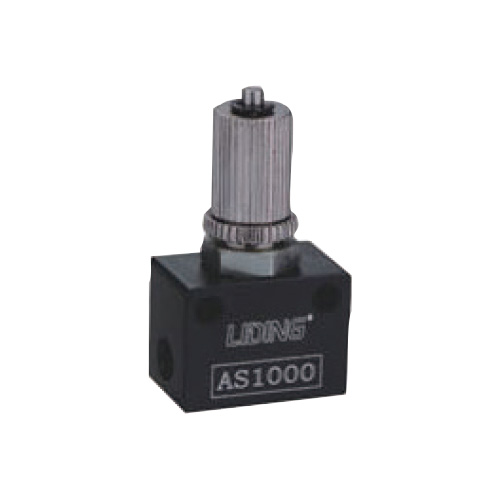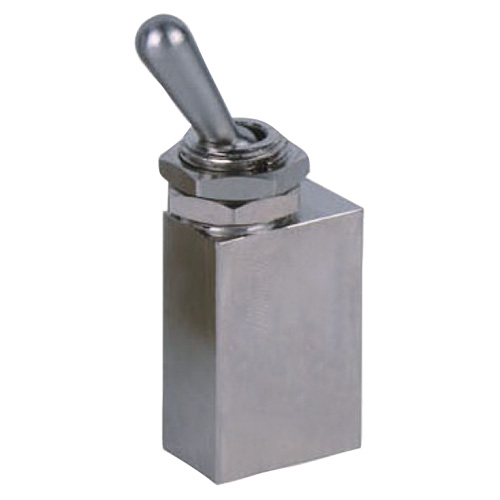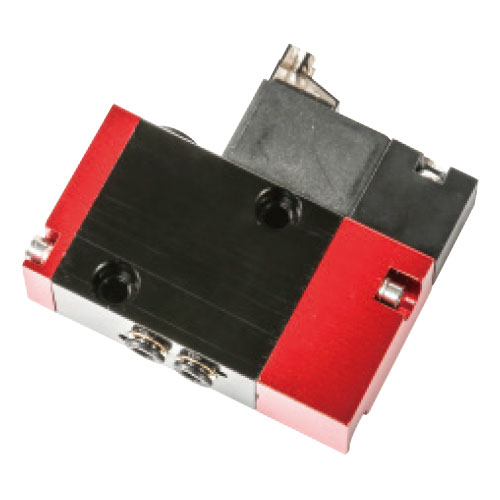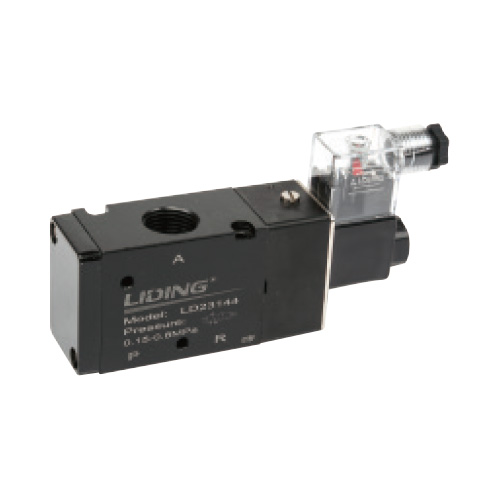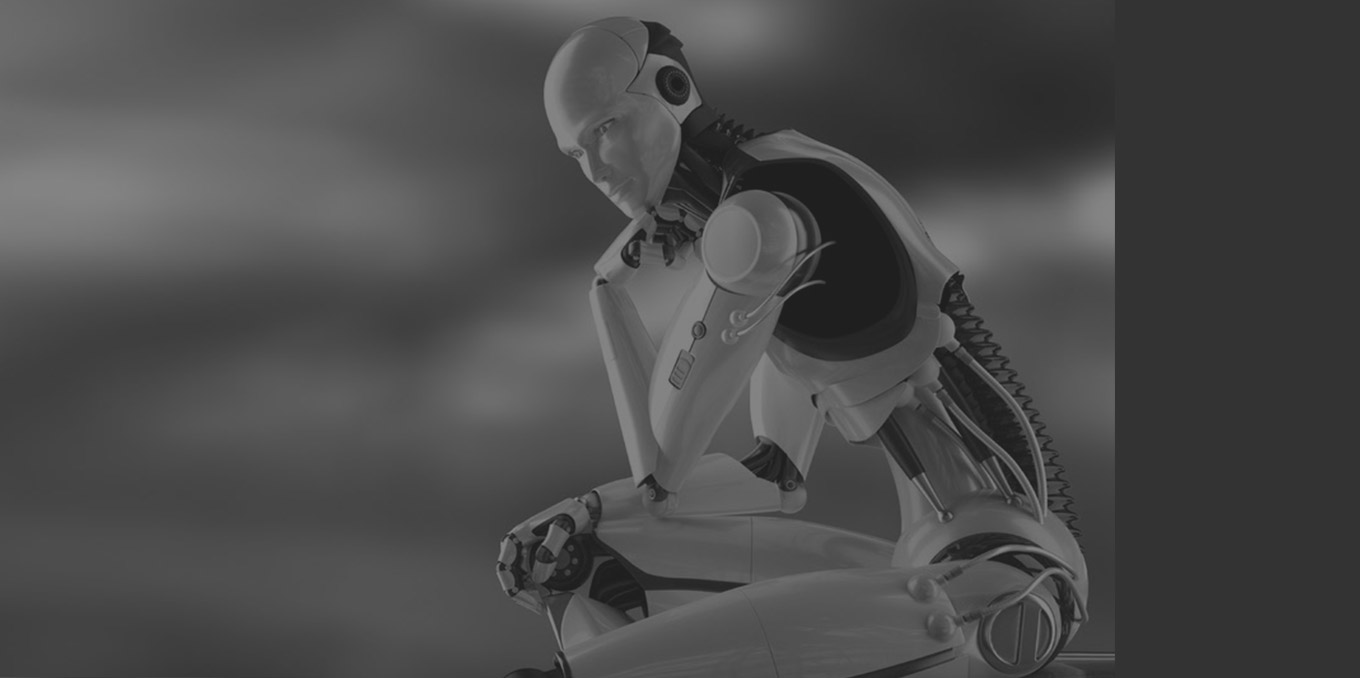Comparison of purchase and application costs of cylinders and electric actuators
Generally speaking, electric servo drives are […]
Generally speaking, electric servo drives are more expensive than pneumatic servo drives, but it also depends on specific requirements and occasions. Some low-power DC motors constitute an electric sliding table (electric servo system) which is actually cheaper than a pneumatic servo system.
Such as: when the load is 1.5kg, the working stroke is 80mm, the speed is between 2~170mm/s, and the accuracy is ¡ Under working conditions such as 0.1mm and acceleration of 2.5m/s2, FESTO adopts an electric servo system composed of small electric sliding tables, controllers, motor cables, control cables, programming cables and power cables, and its price is higher than that of pneumatic servo systems. 25% cheaper. The same is true for electric cylinders with piston rods. It should be noted that if an AC motor is used, the price of the electric servo system composed of it is about 40% higher than that of the pneumatic servo system.
From the perspective of purchase and application costs, the current cylinder still has obvious advantages. For pneumatic systems, the control system and actuator are very simple. Each cylinder only needs to be equipped with a solenoid valve to complete the switching of the gas path and perform motion control. The probability of failure of the cylinder is also relatively small. The maintenance is simple and convenient, and the cost is Also low.
For electric actuators, although the acquisition of electric energy is relatively simple and the energy cost is low, the purchase and application costs are high. Not only is it necessary to configure a motor, but also a set of mechanical transmission mechanism and corresponding drive components. At the same time, the use of electric actuators requires a lot of protection measures. Wrong circuit connections, voltage fluctuations and overloading of the load will cause damage to the electric drive. Therefore, it is necessary to install a protection system on the circuit and machinery, which increases a lot of extra expenses. In addition, because the electric actuator drive unit has many parameter settings and high integration, once it fails, the entire component must be replaced. Moreover, when the driving force required by the system increases, a complete set of components must be replaced to achieve this. Therefore, a comprehensive comparison shows that the cylinder has a greater advantage in purchasing and maintenance costs.
Energy efficiency comparison
The results of our research show that in the horizontal reciprocating motion with a short reciprocating cycle (less than 1 min), the operating energy consumption of electric actuators is usually lower than that of cylinders, which is more energy-efficient. When the reciprocating cycle is longer (more than 1min), the cylinder becomes more energy-efficient. This is firstly because the controller of the electric actuator usually needs to consume about 10W of power when the terminal is stopped, while the cylinder only has solenoid valve power consumption and gas leakage, which is generally less than 1W, that is, the longer the terminal stops, the more beneficial the cylinder; Secondly, the rated efficiency of the motor under continuous rotation conditions can reach more than 90%, but the average efficiency under the condition of table acceleration and deceleration rotation in linear reciprocating motion (screw conversion) is less than 50%. During the vertical reciprocating movement, the holding action of the clamped workpiece requires continuous supply of current to the electric actuator to overcome gravity, and the cylinder only needs to close the solenoid valve, which consumes less electrode. Therefore, the energy consumption advantage of the electric actuator compared with the cylinder during vertical reciprocating motion is not very large.
It can be seen from the above that the efficiency of the motor itself is very high, but considering the reduction in efficiency and the power consumption of the controller in the reciprocating linear motion, the electric actuator may not necessarily save energy than the cylinder. The specific comparison depends on the actual working conditions, that is, the installation direction, reciprocating Exercise cycle and load rate, etc.
https://www.nblida.com/product/air-treatment/


